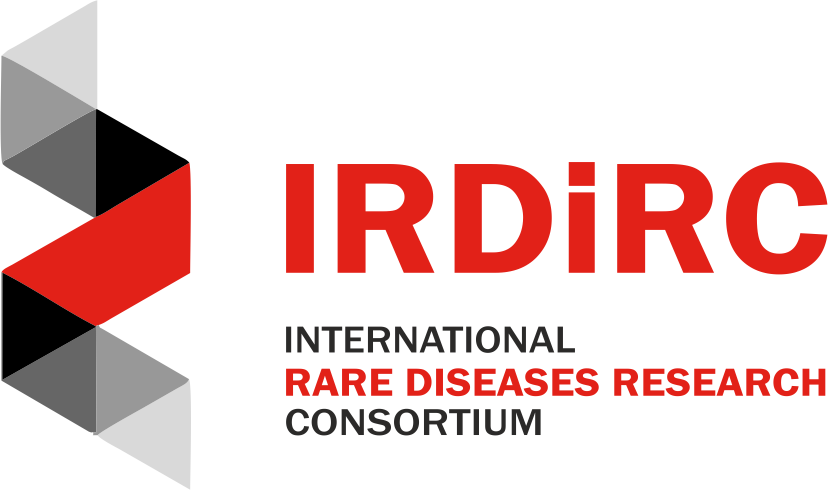Introduction
Telehealth, whose value has been enhanced by the recent COVID pandemic, has the tremendous potential to revolutionize medical care for rare disease patients. Due to multiple factors limiting access to expert care for individuals with more than 700 rare disease conditions, telemedicine has the unique capacity to increase access effectively and efficiently to expert care and information for those who would otherwise have no or limited access. While the demand and use of telehealth have decreased with the pandemic gradually under control, the value and effectiveness of telehealth need to be evaluated and demonstrated for it continued uptake. The undeniable potential of telehealth also needs to be maximized to be most “fit for purpose”, and factors leading to the optimal use cases need to be better understood, as do barriers responsible for suboptimal uptake and use which can serve as opportunities for improvement. In this way, best practice telehealth can be delivered to establish, or enhance and augment efforts to expand local capacity when resources exist to do so.
Objectives
The Telehealth Task Force aims to (1) conduct survey and systematic review of existing models of telehealth, their uptake and usage by the rare disease community, and their specific value and effectiveness, to identify the factors that enhance or limit their adoptability, sustained use, efficiency/ease of access, and effectiveness in the rare disease community; (2) identify barriers to and opportunities for the use of telehealth to improve access to diagnosis, care, and research experiences for rare disease patients—including technological, legal, cultural, linguistic, healthcare system, and patient/provider factors; and (3) develop “best practices” for introducing telehealth services into communities where they would be most beneficial using realistic and culturally-sensitive approaches, in partnership with local providers.
Plans and Timeline
- Formation of a task force including members of other Constituent and Scientific Committees (Q4 2022)
- Virtual meetings to develop the process for literature searches (Q1 2022)
- Survey and interview for achieving the stated goals (Q2 2022)
- Execution of the developed process to identify the key criteria (Q3 2022)
- Publication of findings and development of best practices (Q4 2022)
Members (21)
- Antoniadou, Victoria – Cyprus Alliance for Rare Disorders, Cyprus
- Baynam, Gareth – Rare Care Centre of Western Australia Department of Health – Australia
- Bloom, Lara – The Ehlers-Danlos Society, UK
- Chen, Faye (Co-Chair) – National Institute of Arthritis and Musculoskeletal and Skin Diseases at NIH, USA
- Crimi, Marco – Kaleidos SCS, Italy
- Della Rocca, Maria – Global Genes, USA
- Didato, Giuseppe – Foundation IRCCS Carlo Besta Neurological Institute, Italy
- Douzgou Houge, Sofia – Haukeland Universitetssjukehus, Norway
- Dua Puri, Ratna – Sir Ganga Ram Hospital, India
- Gavin, Pamela – National Organization for Rare Disorders (NORD), USA
- Hartman, Adam (Vice-Chair) – National Institute of Neurological Disorders and Stroke at NIH, USA
- Jonker, Anneliene – University of Twente, The Netherlands
- Kawome, Martina – Sally Mugabe Referral Hospital, Zimbabwe
- Li, Linguo – Chinese Organization for Rare Disorders (CORD), China
- Müller, Friederike – Asklepios Hospital, Germany
- O’Brien, James – International Prader Willi Syndrome Organisation (IPWSO), Australia
- Parisi, Melissa (Co-Chair) – National Institute of Child Health and Human Development at NIH, USA
- Ryan, Nuala – NCBRS Worldwide Foundation, Ireland
- Thong, Meow-Keong – University of Malaya, Malaysia
- Tumiene, Biruté – Vilnius University Hospital Santaros Clinics, Lithuania
- Wagner, Thomas O.F. – University Hospital Frankfurt, Germany

